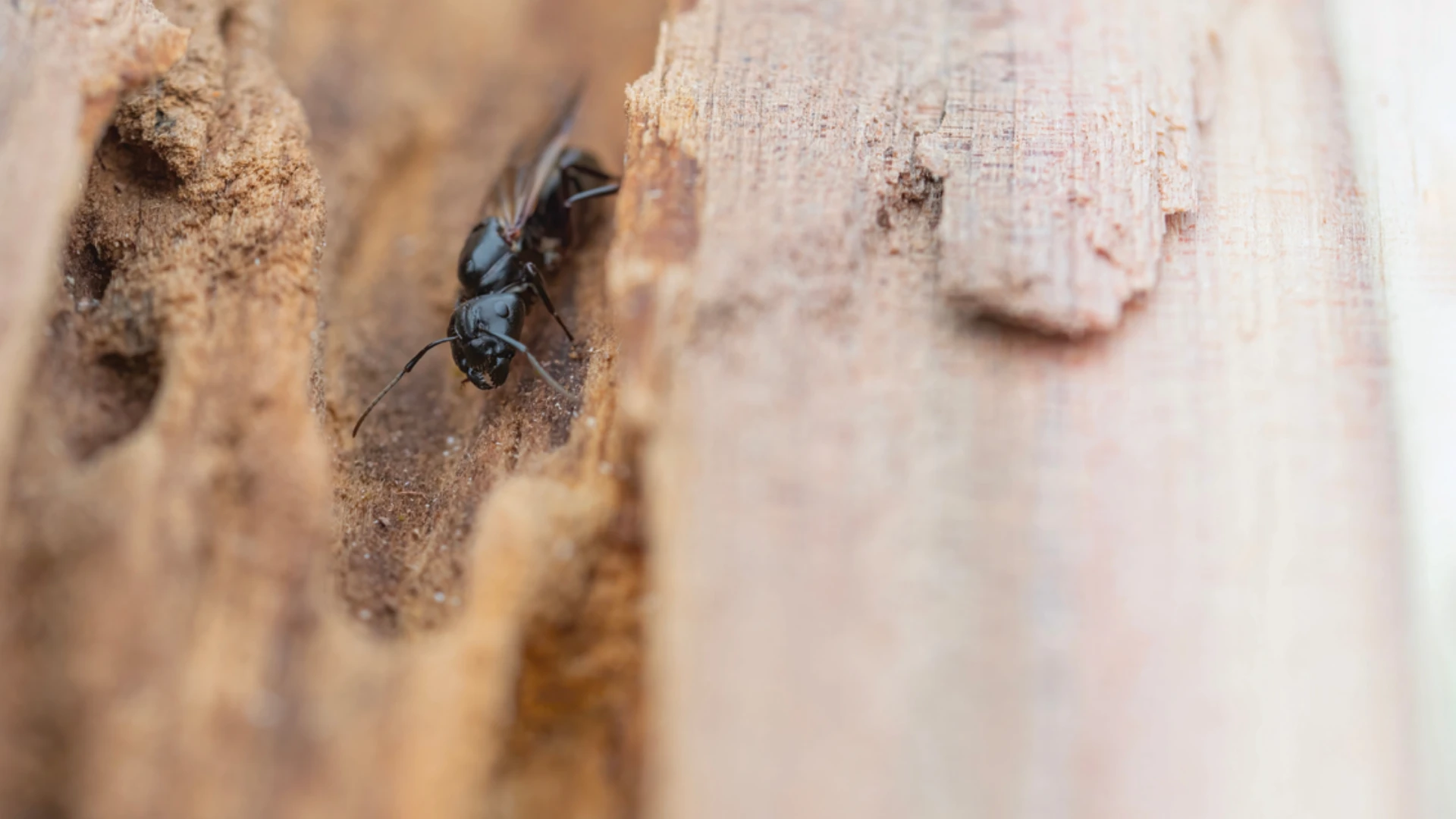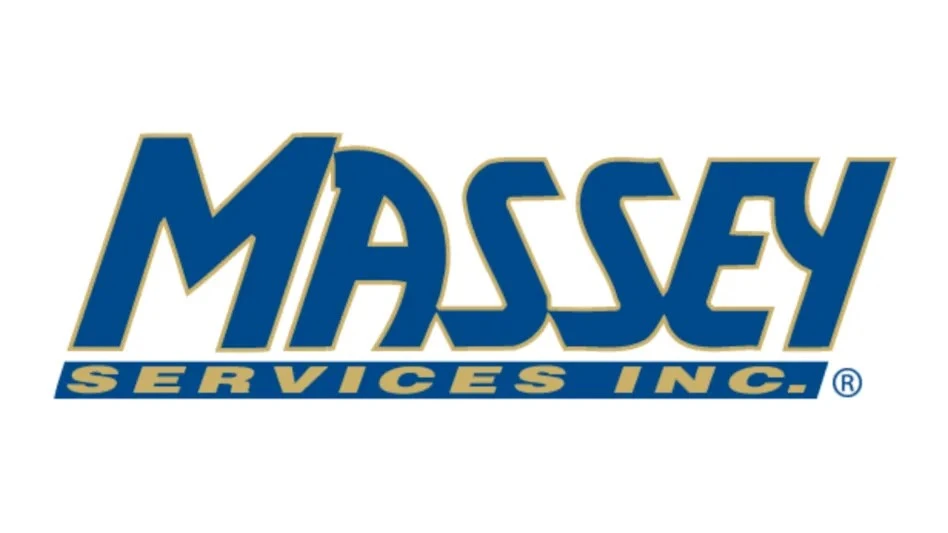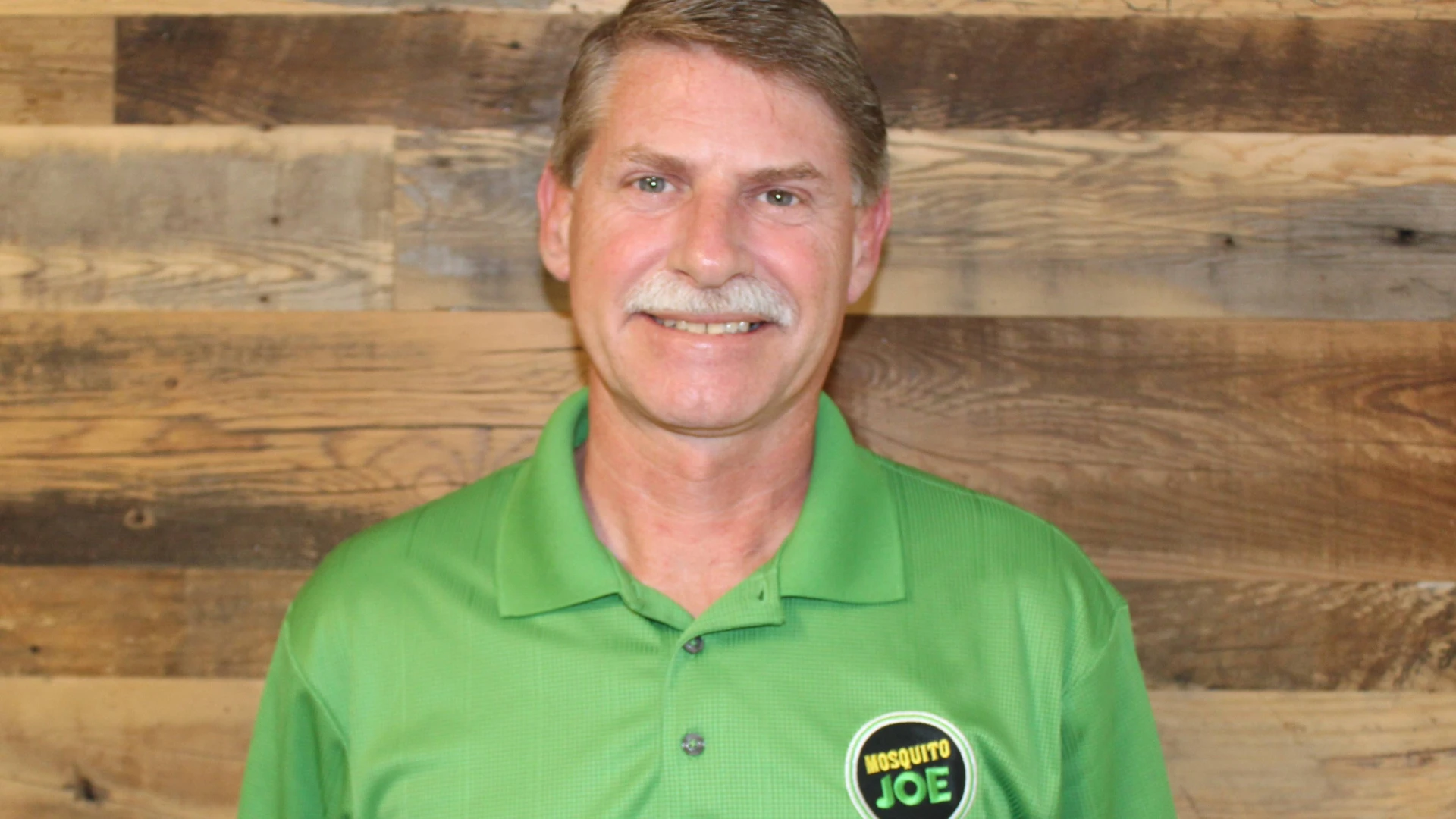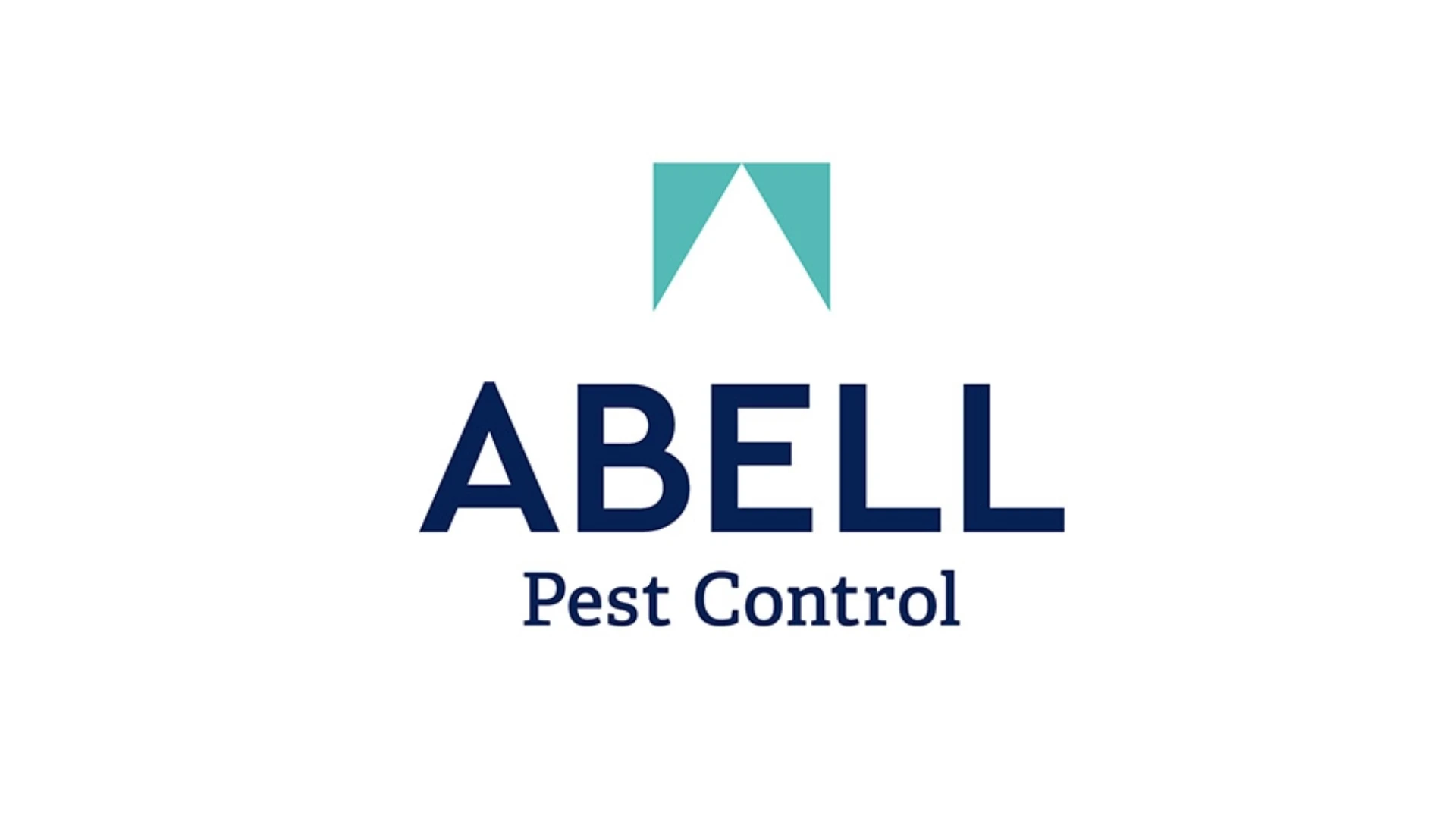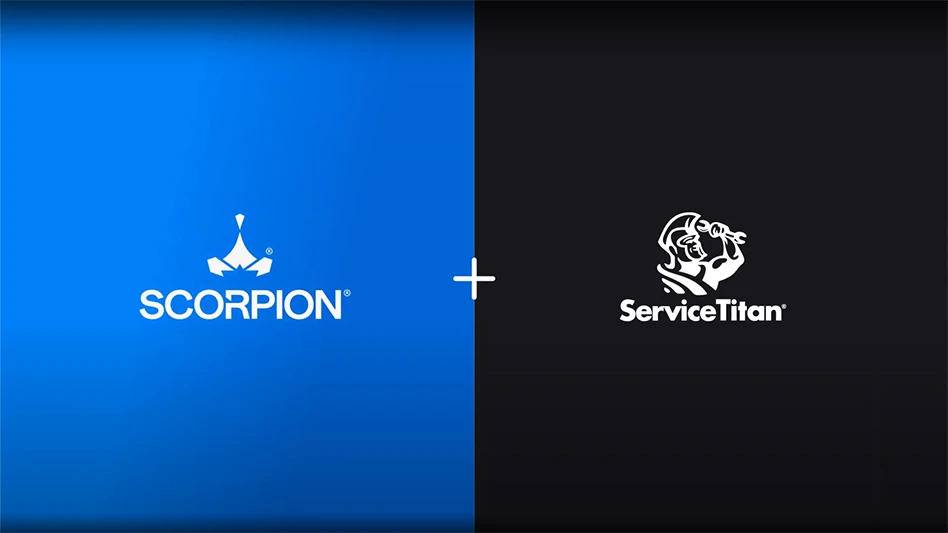
Your smart phone bleeps an alert. What is it? It’s a text message notifying you that a rodent trap was triggered at a nearby restaurant you serviced last week. You’re in the middle of a route—but good news, your next client knows you’ll be there in 20 minutes because of an automatic message that popped into that client’s mobile when you left the last job.
Better news, the restaurant has been contacted (preferred communication: email), so they know their rodent trap issue is on the schedule. You’re on it. Back at the XYZ Pest’s office, a customer calls to ask whether your team investigated the basement. (There’s “something” down there.) Because of smart goggles — wearable technology — your office confirms: Yes, the PMP spent 14 minutes probing for pests on the lower level. And now there are three smart traps set, too.
Communication is immediate. Data collection is automatic. Reporting is instant and in real-time. There’s accountability and assurance and transparency. Today’s business environment encompasses virtually everything.
This is how the Internet of Things (IoT) is disrupting service industries (including pest control) with software, hardware and infrastructure that connects “all of the things” to eliminate waste. IoT is the routing software and the smart-trap hardware — it’s sensors, smart house systems, video-enabled doorbells and your “friend,” Alexa. (Yes, talk her into turning on the light in an instant.) In a sophisticated form, IoT taps Big Data (another way of saying “all the information”) and uses artificial intelligence (AI) to make better business decisions.
“IoT is enabling your business by using technology to do your job in a better, more efficient way,” defines Andrew Barrows, director of mergers and acquisitions for Environmental Pest Service, Tampa, Fla.
Barrows has seen technology in spaces ranging from higher education to healthcare staffing. As someone who manages the M&A process at a pest control firm with offices in several states, he talks to companies everywhere about how they’re doing business. “My job is to always be evaluating what is the best way to run a company,” he says.
Technology is a considerable piece of that evaluation. Pest control operations have been successful at implementing IoT in a number of ways — and in fact, PMPs might not realize that these efforts carry the IoT label. Chances are, you have some level of IoT in the works already. For example, your routing and scheduling software, linked to GPS, is IoT. At Environmental Pest Service, a text-to-pay service they’re rolling out will allow customers to access an invoice on their mobile devices, log in and “ping” their saved credit card to settle a bill. “Text is really great,” Barrows says.
Other service industries like HVAC and plumbing are more advanced in their adoption of IoT tools, Barrows says. He points to an inventory management system that an HVAC company uses involving sensors that allow for automatic maintenance. “If you can use technology to be highly responsive to leads and highly responsive with your service, you’ll have high customer satisfaction, which results in retention and referrals,” Barrows adds.
Making customers happy is the age-old motive of service industries. And ultimately, IoT allows providers to deliver service in the way modern consumers demand.
Beth Berry was executive director of the Better Business Bureau and serves on NPMA’s Technology Committee as a leader at Real Green Systems. She says IoT will make it easier for customers to do business with pest control companies.
“Think of Staples’ ‘Easy’ button,” Berry relates. “With technology and IoT in pest control, it will be easy to build a higher level of trust with consumers and provide better results.”
TRIGGERING TECHNOLOGY. Defining IoT can get complicated — connecting, networking, hardware, software, infrastructure, real-time…what does all this mean? Foaad Khosmood, Ph.D., Forbes associate professor of Computer Engineering at Cal Poly in San Luis Obispo, Calif., puts it simply: “IoT is connecting devices to the internet. It could be connecting your phone to the internet or a smart speaker — or a personal assistant like Alexa, or a doorknob or your locks, or moisture and climate control sensors.”
That’s lots of pieces-parts. But how do they work together to get stuff done?
Khosmood illustrates the connection by describing a class project, where his Cal Poly students designed and built a prototype for a smart trash collection system. “In the San Francisco area, we have a lot of rural trails, parks and hiking areas, and some of them are remote,” he says. “The city has to haul huge trucks up the trails to empty trash bins — but the city doesn’t know when the bins are full. If you know the minute they are full and can come at that time (and not when they aren’t full), you can save that energy and gasoline.”
To accomplish this, sensors are involved (hardware) and there’s software to grab data from the trash sensors and make it available for people to see whether the trash cans are full. In the pest control industry, this type of sensing and alerting is the basis of remote pest monitoring. Systems detect rodents (or other pests), collect data, and notify a system that pushes out alerts so technicians know exactly when and where a pest is caught.
Scott Steckel, director of strategic development at Varment Guard in Columbus, Ohio, has played in the smart trap space, where manufacturers including Dow AgroSciences, Bayer, VM Products, Kness, Woodstream, Insects Limited and others are rolling out devices. For Steckel, the wonky part about implementing the technology at this stage has been software: “[The traps] are not tied to the software we are using, so we have to use the manufacturer’s software in addition to our own to manage the resources,” he says.
Another pain point of early adoption of smart traps is reliability. “We are finding that if we get a sample set of 10 devices to try, six will work and the others will not,” Steckel says.
As with any new technology, there will be bumps as kinks are ironed out. And smart trap technology is in its infancy, Steckel relates. “So, in this period of time, you should expect high cost for start-up, no perfect results and a bit of turbulence,” he says.
The smart trap evolution really began several years ago in the wildlife trapping industry with electronic trap monitoring devices that notify PMPs when traps are triggered. Steckel’s interest piqued and he has been approached by smart trap manufacturers to test out their products. He’s excited about the potential. (Real excited!) “I think in the next three to five years, we’ll have a clear winner in the marketplace,” he says of the technology.
Khosmood says of IoT in general, across all industries, “what is missing at the moment is a standard for the entire IoT infrastructure.” For example, WiFi became the standard for wireless internet. Blu-ray won out as the standard for disc-based storage. “At some point, there is going to be a standard for IoT devices, too. For now, there are too many companies doing their own thing,” he says.
A standard IoT infrastructure will give businesses an “agnostic” option — so they can integrate devices in a technology platform without having to operate many different systems, as Steckel explained.
Sprague Pest Solutions, Tacoma, Wash., also is testing some smart traps, specifically in a couple of restaurants and an airport. The traps are set up and electronically “marked” in the system. “We geocode them, so we know where they are in the world,” explains Ari Rogoway, IT director. “Now, the traps can tell us if there was rodent activity.”
But Rogoway has bigger plans for the technology “where we are hoping to do more proactive services — preventive care and treatment,” he says, noting that the existing technology as it is used is reactive. The trap alerts when a rodent is caught. “The smart trap is the first piece of the puzzle, but we’ll probably get to the home automation side where we’ll understand the whole environment of a facility — we’ll know the temperatures and humidity, which doors are opened or closed. This will give us Big Data so we know where pressures are coming from so we can be proactive.”
The data piece is what could ultimately separate the “caught a mouse” approach vs. a service philosophy.
As Rogoway points out, smart traps are just one tool for PMPs in the IoT world. He shares how Sprague Pest Solutions used sensors in a major aircraft facility it services. The building had significant fly pressure, especially in paint booths. And, that’s a problem. (Insects in paint could ruin the aircraft, Rogoway says.) An engineer at the facility figured out that the flies were attracted to the lights in those work spaces.
“So, we put sensors in the building to let us know when there was light activity, so we could predict when the flies would come,” he says. “It turned out they were keeping lights on at night when the paint was drying. Because we put out sensors, we were able to provide anecdotal information and instruction to turn off the lights — and we gave them auto-timers, so the lights would turn off at night, and paint could dry without flies getting on the aircraft.”
Here, Rogoway explains how a “smart home” approach and using sensors to share information about the environment allowed Sprague Pest to make recommendations to prevent flies.
It’s IoT IPM.
Rogoway says, “We’re going to begin analyzing data, looking for pressures and thresholds, and identifying problems based on what sensors tell us.”
Enter the “AI” piece of the IoT puzzle. If pest management professionals across the country implemented smart traps, the manufacturers of those devices could access and share data related to pest pressure, Berry says. “Say PMPs are finding a winged termite problem in Massachusetts that hasn’t been there before, so they begin to provide data to chemical companies—maybe there’s a resistance,” she relates. “This data pattern recognition can allow companies to be more pre-emptive on pest trends.”
SMARTER WAYS TO WORK. IoT goes beyond routing technology and smart traps. It includes the potential for using sensors, as Rogoway detailed, and even drones. “That’s an interesting dynamic — service delivery via drone,” Berry says. “If you have hornets’ nests in areas where it is unsafe to treat [in person], a drone service delivery technology [would be safer].” Berry notes that Real Green Systems is currently working with a chemical provider to see how this technology might be applied in the pest control industry.
Already, drones are widely used in agriculture to collect data, Khosmood says. “In our area where there is a lot of winemaking and viticulture, growers are embracing this, using drones to detect how ripe crops are,” he says, adding that sensing devices are used to detect soil moisture, as well.
And, because chips that go into sensing devices are so inexpensive now, Khosmood says, you can expect to see more sensor technology readily available for businesses and consumers.
Already, the consumer market is grabbing on to the smart home concept — and consumers tend to hop on board with technologies about 10 years before most businesses, Rogoway says. “In the consumer space, we’re seeing IoT all over. Now, we’re talking to our house, ‘Turn out the light switches.’”
Some companies like UPS are adopting smart home concepts, Berry says. “Their No. 1 problem is that packages can get stolen off of doorsteps,” she explains. But, if a homeowner with a smart home system (such as Ring or Nest) that allows access to the house with a code, you can see when the delivery guy shows up, notify him of a unique code to enter, then he can leave the package inside the door. (Because there’s video, you’ll know the delivery person didn’t walk into your living room.)
Berry muses over how this type of system could work for PMPs, when only 18 percent of residential customers are home during visits, she points out. “If you can provide remote access to your home, see the PMP walk in, know how long he’s there and watch him via cameras, that reduces liability on behalf of the PMP and gives the homeowner peace of mind,” she says.
IoT is moving from “cross-vertical implementation” (fleet management, for example) to more industry-specific solutions such as smart traps for PMPs, says Todd Givens, vice president of technical services for Tellennium, a Louisville, Ky.-based tech consulting firm that implements IoT systems for businesses. The evolution is going from that general smart home, accessible consumer technology to more data-driven business IoT solutions that address specific issues, Givens notes.
Givens sees opportunities for PMPs to utilize IoT for inventory control, using RFID tagging and asset management. And, in the fleet management area, he has worked with some large-scale trucking organizations that use GPS tracking (an IoT concept) so customers can be alerted before a delivery. “That way, they can be prepared,” he says.
Meanwhile, the consumer smart home space is adding specific tools to deal with problems, including dealing with pests. Wink offers a smart mouse trap. Homeowners can set them up and get text alerts when the trap is full. Rogoway says, “That could be a huge disrupter for residential pest control.” Though, the trap catches a rodent — it doesn’t provide service.
Technology doesn’t replace the technician. But, IoT provides tools that PMPs should leverage to gain confidence from customers. Berry talks about how wearables can enhance the pest control service experience, while upping accountability and lowering liability. She says one of the top five frequently asked questions from a pest control customer is whether the PMP made a chemical application. (Makes sense, since most customers are not home at the time of service.) But, what if that PMP were wearing smart goggles that showed his or her path through a building...and any treatments?
“Not only will the consumer get a high level of confidence, but if you are an owner or manager of a pest control company, you have a great roadmap for quality assurance because now you can sit down with the technician and say, ‘You missed this area, or you only spent two minutes in the food-processing area and we know it takes nine minutes to successfully check those rodent traps,’” Berry relates.
Information gives power to the PMP to improve, and to the customer to believe in the quality of service that was delivered.
Not to mention, with the right sensors on wearables, a pest control firm could monitor a PMP’s health on the job. “In Houston, Texas, one of the biggest workers’ compensation issues is heat exhaustion,” Berry says of PMPs servicing hot attic spaces. Wearables can monitor heart rate and blood pressure. “Hopefully, at some point we can measure absorption of materials, so we can potentially moderate how many materials are absorbed by technicians to protect their health and safety.”
SECURITY OF SYSTEMS (& JOBS). With IoT — connecting everything to the internet — comes the issue of security. Who else can see this data? What could they do with it? Is Big Brother watching?
First, technology is nothing new — and we’ve always been advancing. Just, now, we’re moving at “internet speed.” Barrows reminds, “Technology has been revolutionizing the world for years — even with the advent of the wheel, which fundamentally changed how people lived. So, the Internet of Things just sped that up to a level we haven’t seen because the world has gotten much smaller, more interactive and more connected.”
Security is clearly one of the biggest IoT fears, says Phil Dawsey, director of marketing at Infiswift in San Francisco, Calif., which develops IoT solutions. And, many consumer devices that were rolled out early on (and inexpensively) were “not really built with security in mind,” he says. “They were like, ‘We want to see if this catches on and works and make it as low-cost as possible.’”
The key is to make security a part of IoT implementation. “Think about it up front when you are building solutions,” Dawsey says. Also, be sure devices have the capability to perform remote updates, he says, “so you can patch and do software updates wirelessly without going out to each device to manually update them.”
Updates reduce vulnerabilities.
Khosmood acknowledges that intelligent devices have been broken into, but encrypted communication and more sophisticated devices make this harder to do. “It used to be a home security camera that was on an open channel, so you could see your front door from your living room—but someone could tune in from across the street,” he said. “Now, there is authentication on devices so not just anyone can log in. Security is getting much better.”
Other fears of IoT are more centered on keeping up — and falling behind. Or, that the technician’s job will be replaced by machines. Barrows wonders, what if a customer pressed a “pest Uber” button and the closest, most cost-effective technician were routed to provide service, regardless of the firm he was affiliated with? “The better model, and what we see it moving toward, is you have a pest control company you work with and then you route your own technician to service your property because you are under contract,” he says.
Customers could snap a picture of the pest in question, text it to their PMP and immediately get scheduled for a visit.
Steckel says he’s looking ahead at how IoT tools could dramatically change the way he prices and delivers services. He says, IoT is a “game-changer, like Uber in the taxi industry.” He sees a day coming, in the near future, where PMPs are not trap checkers — but data collectors.
A definite positive is technology can free up PMPs to spend more time investigating vs. removing rodents from traps or checking empty traps. And, connectivity and data collection is what customers today seek. Berry affirms, “Our ability to provide the consumer more transparency in what we do is going to strengthen their confidence in the entire industry.”
The author is a frequent contributor to PCT.
WANT MORE?
Enter your email to receive our newsletters.

Explore the March 2018 Issue
Check out more from this issue and find your next story to read.
Latest from Pest Control Technology
- Rose Pest Solutions Becomes Official Pest Provider of Chicago Fire FC
- WSPMA Hosts Legislative Day at Washington State Capitol
- A-1 Pest Control Marks 59 years in Business
- Hawaii PCO Shares Regulatory Challenges, Business Impacts from Lahaina Wildfires
- 5 Tips for Reducing Waste in the Office and in the Field
- OvoControl Now Available in Chile
- Envu Announces Savings Programs for Pest Management Professionals
- Follow the Trail

